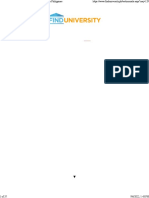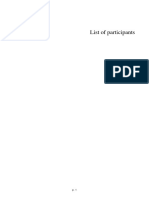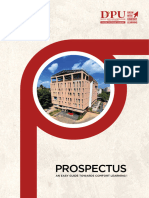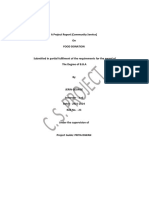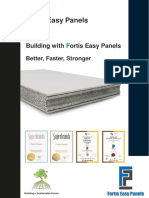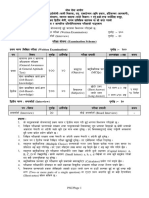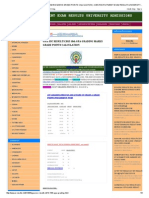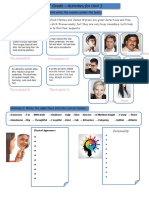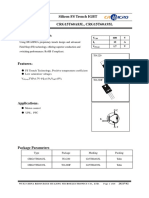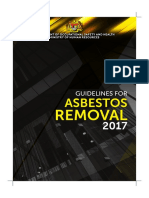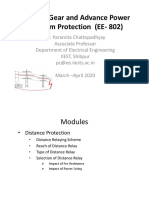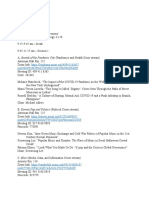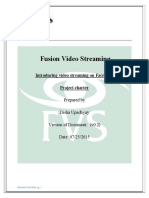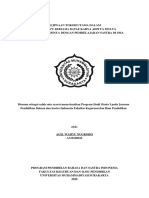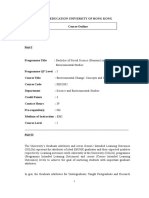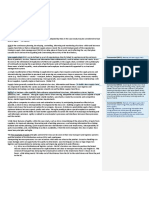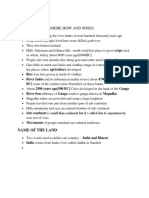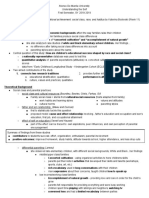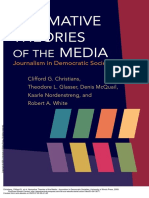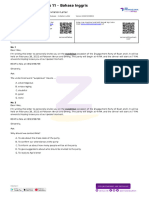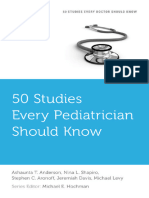0% found this document useful (0 votes)
865 views15 pagesBa English
The document outlines the curriculum structure for an undergraduate English program. It includes 15 core courses over 6 semesters covering various genres of English literature. Some of the core courses described for the first year of study include Prose, World Short Stories, Poetry I and Fiction. The curriculum aims to develop students' literary sensibilities, ethical values, linguistic competence and critical analysis skills. Upon completion, students will be able to demonstrate a broad understanding of English literature, conduct literary research, and apply their language skills in professional contexts.
Uploaded by
Mechanical EngineeringCopyright
© © All Rights Reserved
We take content rights seriously. If you suspect this is your content, claim it here.
Available Formats
Download as PDF, TXT or read online on Scribd
0% found this document useful (0 votes)
865 views15 pagesBa English
The document outlines the curriculum structure for an undergraduate English program. It includes 15 core courses over 6 semesters covering various genres of English literature. Some of the core courses described for the first year of study include Prose, World Short Stories, Poetry I and Fiction. The curriculum aims to develop students' literary sensibilities, ethical values, linguistic competence and critical analysis skills. Upon completion, students will be able to demonstrate a broad understanding of English literature, conduct literary research, and apply their language skills in professional contexts.
Uploaded by
Mechanical EngineeringCopyright
© © All Rights Reserved
We take content rights seriously. If you suspect this is your content, claim it here.
Available Formats
Download as PDF, TXT or read online on Scribd
/ 15



